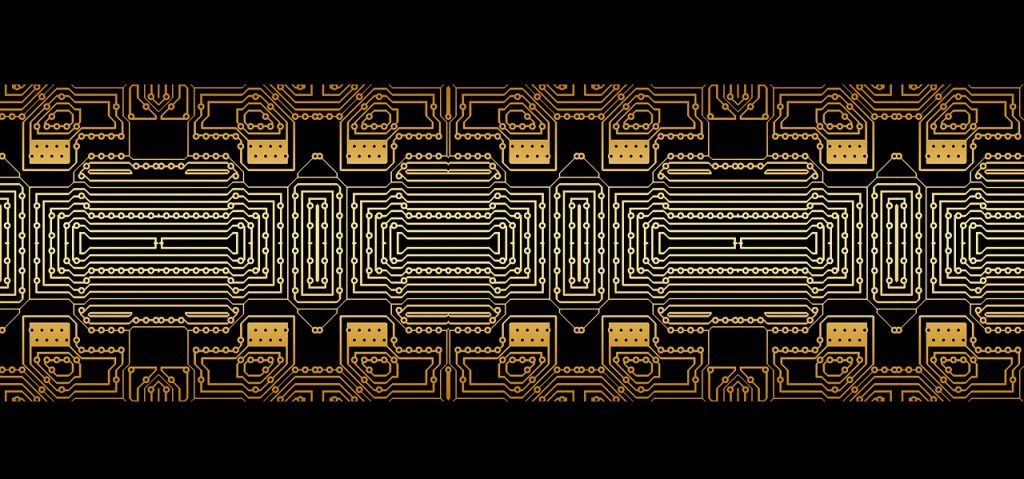How a Printed Circuit Board Helps a Computer Run
 When it comes to computers, much has changed from the early days when a computer was big enough to take up an entire room. With today’s modern marvels, computers can be incredibly small, yet more powerful than those room-sized behemoths of past generations. While this can be attributed to many advances in electronics, much of the reason is due to printed circuit boards. Able to be made cheaper, faster, and smaller than ever before, these circuit boards serve a variety of functions in helping a computer run efficiently. To learn more about this complex process, here are some of the most important factors that result in a computer doing its job time after time.
When it comes to computers, much has changed from the early days when a computer was big enough to take up an entire room. With today’s modern marvels, computers can be incredibly small, yet more powerful than those room-sized behemoths of past generations. While this can be attributed to many advances in electronics, much of the reason is due to printed circuit boards. Able to be made cheaper, faster, and smaller than ever before, these circuit boards serve a variety of functions in helping a computer run efficiently. To learn more about this complex process, here are some of the most important factors that result in a computer doing its job time after time.
Surface Mount Technology
Started in the 1960’s and widely used in many computers since the 1990’s, surface mount technology was a breakthrough in many ways. Since many components were able to be redesigned, the circuit boards could be made much smaller, resulting in higher circuit densities. As a result, computers could then process more information much quicker than before, enabling them to become more powerful while being made much smaller. In addition to this, surface mount technology also led to component placement on both sides of the board, which also results in much faster computers. For more facts about surface mount technology, take a look here.
Circuit Properties
Along with surface mount technology, circuit properties play a large role in how well computers run. With multi-layer boards being used in the majority of computers, the circuit properties act as a ground plane for power returns as well as shielding. By doing so, the conductor will be able to carry the appropriate level of current for the computer, ensuring it runs as fast as possible. With some circuits, transmission lines within the circuit board are laid out as striplines or microstrips, enabling them to control the current flow that results in a consistent flow of power.
Embedded Single-Board Computers
Using integrated circuits, today’s printed circuit boards rely largely on embedded units that are much smaller than traditional motherboards. Because of this, they can be used in gaming machines such as slot machines and video poker games, as well as kiosks and computer-controlled machines used in machine shops and other industrial settings. In some computers, connectors are used that allow for circuit boards to be stacked. Using this method, the computer can contain expansive hardware, allowing for additional applications.
Control and Interfacing
With most of today’s computers, control and interfacing use a rackmount format for process control. By doing so, there can be high levels of integration with various system components, resulting in reduced connector counts on the circuit boards. By implementing these factors into the computer’s operational architecture, the result is circuit boards that are smaller, lighter, and more reliable and efficient than previous circuit boards.
Microprocessors
One of the most innovative developments in printed circuit boards involves how they make use of microprocessors. Whether it’s a simple 16-bit design or a blade server that can be used in server computers, the advantage to this is the compact design of the circuit board. Because of this, more and more home computers, as well as mobile devices like smartphones and tablets, use these printed circuit boards in their design.
Substrate Parameters
One of the most important aspects of printed circuit boards and how they help computers run, substrate parameters perform a variety of functions. For example, they use dielectric voltage to determine the maximum voltage the computer can be subjected to before a breakdown may occur. Along with this, the board’s tracking resistance is able to determine how voltage interacts with the board surface, lessening the chance of a power surge.
As more advances are made using printed circuit boards, computers will be not only faster and more efficient, but also be able to be made even smaller than they already are today. By integrating substrate parameters into microprocessors, using various types of controls and interfacing for process control, and other techniques, the printed circuit board of today will be more powerful, quicker, and efficient than many would have ever thought possible.

















